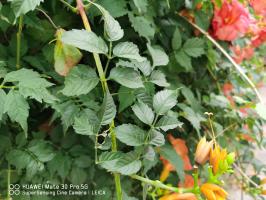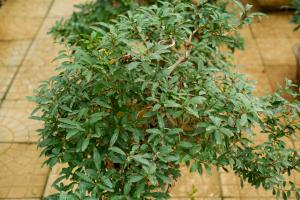What Kind of Clay to Use for Plant Pots
Choosing the right clay for your plant pots is essential for the health and longevity of your plants. Not all clays are created equal, and certain types are better suited for specific plant needs. In this article, we will explore the different types of clay that are commonly used for plant pots and which ones are the most suitable.
Earthenware Clay
Earthenware clay is a popular choice for DIY planters due to its affordability and availability. It is a low-fired clay that is porous and retains moisture well. It is suitable for most plants, especially those that require consistently moist soil. However, earthenware pots are not ideal for plants that need good drainage, as the clay may become saturated, causing root rot.
Terracotta Clay
Terracotta clay is another common option for plant pots. It is a traditional, unglazed clay that is fired at a high temperature. This type of clay is porous and allows for good airflow and drainage, making it suitable for a wide variety of plants. Terracotta pots are also an excellent choice for outdoor plants as they are weather-resistant and do not crack easily. However, they can be prone to drying out quickly, so they are not the best choice for plants that need consistently moist soil.
Stoneware Clay
Stoneware clay is a high-fired clay that is more durable and less porous than earthenware or terracotta clay. It is an excellent choice for plant pots that require good drainage and airflow, and it can be glazed or left unglazed. Because stoneware clay is less porous than other types of clay, it may not retain moisture as well, making it a better choice for plants that do not require consistently moist soil.
Porcelain Clay
Porcelain clay is a high-fired, non-porous clay that is suitable for plants that do not require drainage. It is often used for hydroponic plants that are grown in water. Porcelain plant pots are trendy and sleek, but they can be challenging to find, and they are often more expensive than other types of clay pots.
Conclusion
Choosing the right clay for your plant pots can make a significant difference in the health and longevity of your plants. Earthenware, terracotta, stoneware, and porcelain clay all have their advantages and disadvantages, and it's essential to consider your plants' specific needs before making a choice. Whatever your choice may be, be sure to care for your plant pots properly, and your plants will thrive for years to come.

 how many times do yo...
how many times do yo... how many planted tre...
how many planted tre... how many pine trees ...
how many pine trees ... how many pecan trees...
how many pecan trees... how many plants comp...
how many plants comp... how many plants can ...
how many plants can ... how many plants and ...
how many plants and ... how many pepper plan...
how many pepper plan...






























